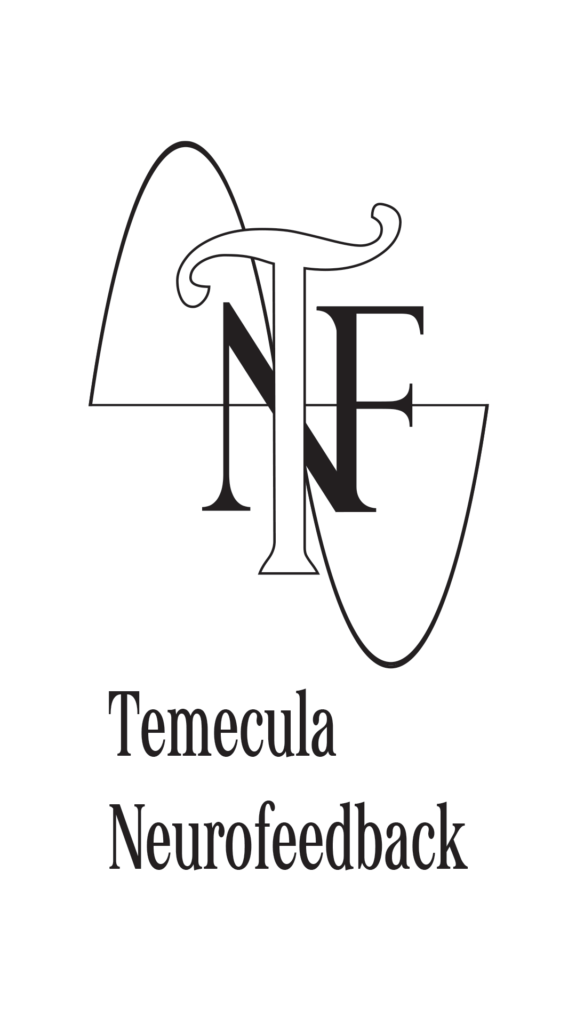Neurofeedback
Neurofeedback is a sophisticated brain training technology based on brainwave activity that has been found to enhance performance, both in areas needing improvement, and in those areas already functioning well.
Temecula Neurofeedback trains both children and adults to maximize and restore their brain function. This is accomplished through a combination of techniques, uniquely tailored to the individual. Microcurrent neurofeedback is a very modern neuroscience, made practical, and available in our center to help you meet your goals. It is a research-supported approach to optimizing brain functioning for sharper attention, relief of anxiety, and improved mood, without medication. It typically begins working immediately, and the results are generally felt within the first 1-4 sessions. Most of our clients notice a lifting of anxiety and tension, a brightening of mood and the enjoyment of deeper and more restful sleep. Sessions can be scheduled 1-3 times per week, and a typical course may run 10-24 sessions as the benefits consolidate and become lasting. Please note that microcurrent neurofeedback typically takes one-third to two-thirds the number of sessions of traditional EEG biofeedback/neurofeedback, sometimes even less.
Research has shown that many kinds of psychological difficulties are associated with problems in activation in various areas of the brain. Patterns of underactivation, over-activation, or disturbed coordination of brain activity have been found associated with many types of disorder in brain imaging studies. This is true of attention deficits, anxiety, depression, autism spectrum disorders, tics, and learning disabilities, as well as the lingering effects of traumatic brain injury (TBI) and PTSD.
The electroencephalograph (EEG) is a way to show and measure brain activation. The EEG shows momentary increases and decreases in activity only milliseconds after it occurs in the brain area being monitored. Although Hans Berger is credited with discovering the electroencephalograph in 1924 (and published in 1929), it wasn’t until neuroscientists’ experiments in the 60’s and early 1970’s began to discover that we are able to alter these patterns of activation in the brain if we can sense the momentary changes as they occur. This process, now called neurofeedback, or neurotherapy, is a specific form of biofeedback – getting immediate information about our biological processes in order to learn to control them better.
Many years of experience in clinics all over the world and hundreds of scientific studies have now shown that Neurofeedback is an effective means to improve, even normalize, attention in individuals with ADHD, to elevate mood in those with depression, to facilitate recovery in those with addictions, to relieve anxiety, improve cognitive function, restore function following brain injury and to decrease seizures. In our practice, we have taken client responses to the next level using state-of-the-art technology and combining modalities resulting from research in the US and in Europe over the last 40-50 years. This research continues today, even as we are enjoying the benefit of these recent advances.
IASIS Neurofeedback, provides results that are frequently noticed immediately, and rapidly build to long-lasting improvements.

